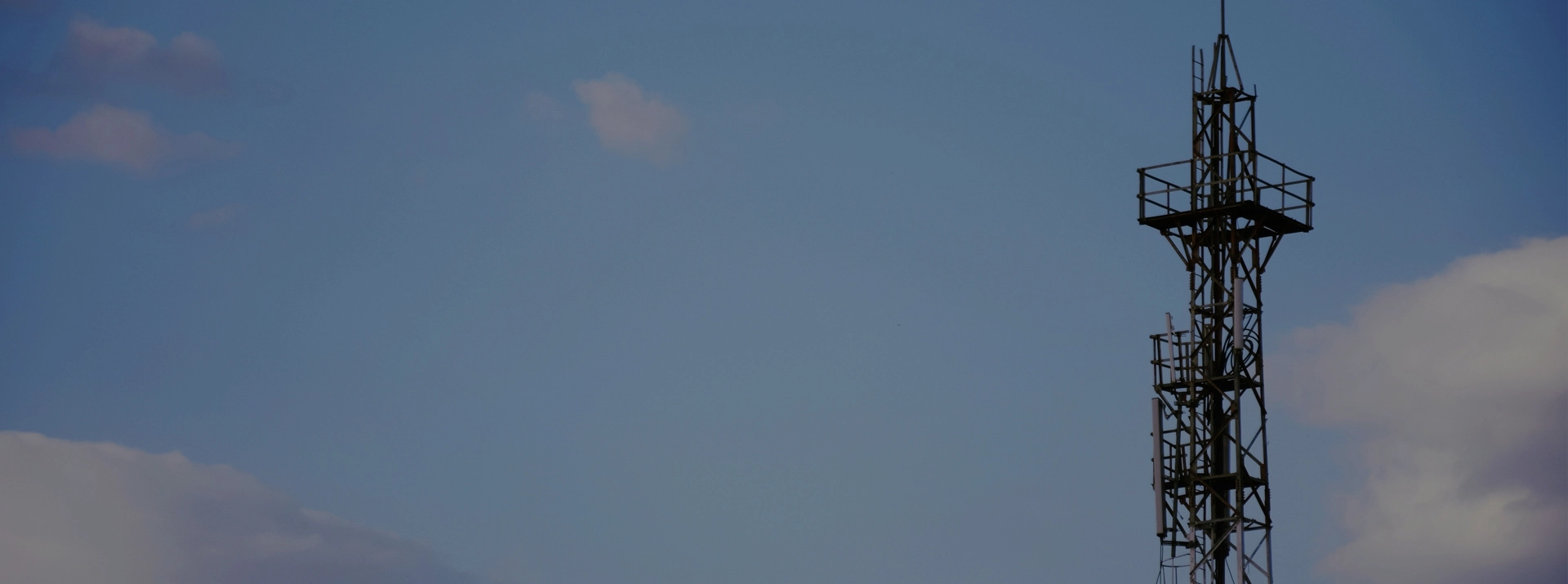The Electrical Power Grid is a comprehensive infrastructure designed for the efficient transmission and distribution of electricity from generation sources to end users. It integrates advanced technology and robust components, including substations, transformers, and transmission lines, to ensure reliable and continuous power supply. This grid supports dynamic load management, adapts to varying demand, and incorporates renewable energy sources, making it a cornerstone of modern energy systems. Its resilience and adaptability make it essential for meeting today’s energy needs while paving the way for future innovations.
| No | Item | Data |
| 1 | Use | Rigid frame combinations for suspension conductors, support conductors,or switchgear and other electrical equipment |
| 2 | Material | Q235B/355B/420B/420C |
| 3 | Country of origin | Tianjin, China |
| 4 | Brand name | juding |
| 5 | Joint of Poles | Slip joint,flanged connected |
| 6 | Manufacturing standard | GB/T2694-2018 |
| 7 | Standard | SO19001:2015Products are processed in strict accordance with GB/T2694-2018,DL/T646-2012,YD/T757-2013 and other national current standards. |
| 8 | Length of per section | Within 13M once forming |
| 9 | Welding Standard | AWS(American Welding Society)D 1.1 |
| 10 | Production Process | Raw material test-cutting-bending-welding-dimension verify-flange 10 welding-hole drilling-sample assemble-surface clean-galvanization or power coating/painting-recalibration-packages |
| 11 | Packages | according to client's requirement |
| 12 | Life Period | More than 30 years,it is according to installing environment |
Residential and commercial power supply: The most basic and widespread application of the power grid is to supply power to residential areas, commercial centers and industrial parks to meet the power needs of daily life, commercial activities and industrial production. Through an efficient transmission and distribution system, the power grid ensures a stable supply of electricity and supports sustainable socio-economic development.
Integration of renewable energy: With the emphasis on sustainable development, the power grid is gradually integrating renewable energy sources such as wind and solar. This not only helps reduce dependence on fossil fuels and lower carbon emissions, but also improves the diversity and security of energy supply. Increased levels of flexibility and intelligence in power grids are key to achieving this goal.
Support for electricity markets: Power grids facilitate the formation and development of electricity markets, creating a more direct and dynamic link between electricity production and consumption. Through mechanisms such as power trading and real-time pricing, the power grid helps to optimize resource allocation and improve the efficiency of energy use, while providing consumers with more choices and flexibility.
Emergency and Standby Power: In the face of natural disasters or system failures, the power grid can quickly adjust resources to provide a stable supply of power to critical infrastructure and emergency services (e.g. hospitals, firefighting, police stations, etc.). In addition, by synergizing with backup power generation systems, the power grid is able to safeguard the continuity of power supply and mitigate the impact of accidents or disasters when the main power source is interrupted.
